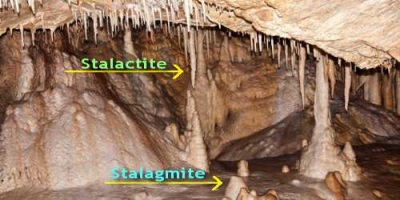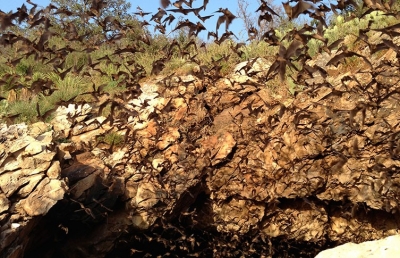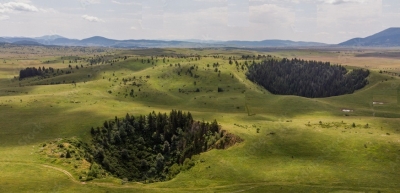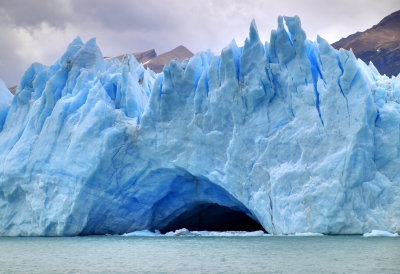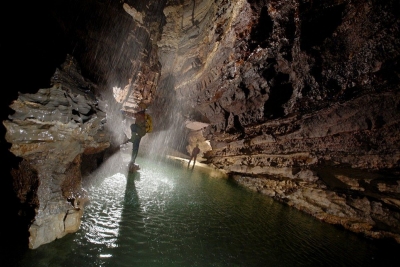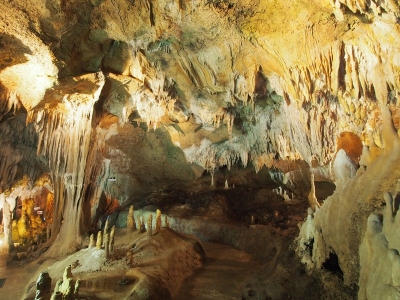
|
The most widely seen caves are formed in limestone, dolomite or rock gypsum. When it rains, rainwater and carbon dioxide in the air combine to form a mildly acidic solution, which seeps into the ground, dissolving the calcite in these rocks to create cavities underground. The crashing of waves against cliffs along a coastline also carves out caves. Caves can form in volcanic lava as the outer layer cools and hardens while the lava underneath continves to flow and drains away, leaving a hollow. Earthquakes can also crack rocks and create caves. |
Round Spring Cave is found in a kind of rock called dolomite. It is similar to limestone. Like limestone, dolomite is formed at the bottom of the sea. This part of Missouri was covered by the sea. Later on, forces from inside the earth pushed up the sea bottom to make the Ozarks. These forces, pushing up on the rock layers, cracked the dolomite, much like a baseball hitting a window cracks the glass. These cracks are called joints. This was the very start of Round Spring Cave, and it happened just as the dinosaurs started to roam the Earth.
As rainwater fell on the ground, it picked up a small amount of acid from the rotting leaves. This acid, called carbonic acid, is the same thing that gives soda pop its fizz. This acidic water can dissolve holes in dolomite. Below the water table, the rock was filled with this acidic water. Between the layers of rock and inside the joints, the water slowly dissolved away the rock. This made a large water-filled space. As the Current River cut its river valley, it cut down through the rock layers until it opened up the cave. This let the water out and gave us an air-filled cave.
Credit: National Park Service
Picture Credit : Google

